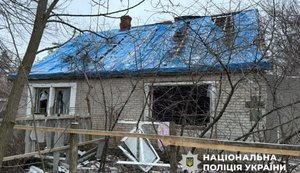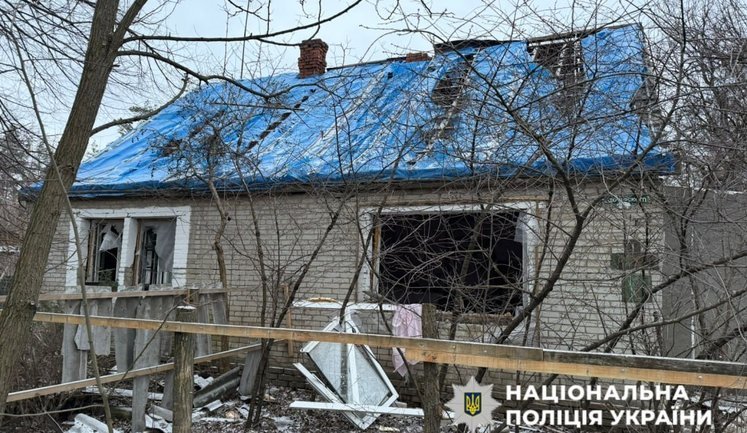In recent weeks, the Donetsk region of Ukraine has faced escalated shelling by Russian troops. Reports indicate over 1,670 strikes recorded on a single day, severely damaging civilian infrastructure and causing casualties. Six settlements frequently come under attack, with dozens of residential buildings wrecked and people injured or killed. Communities such as Kramatorsk, Bakhmut, Druzhkivka, and Sloviansk are heavily targeted. The relentless shelling disrupts daily life, leading to evacuations, especially of children. With up to 2,200 strikes on some days, the situation remains dire as emergency services struggle to cope with the destruction and civilian distress. The international community continues to call for de-escalation to prevent further human and infrastructural losses.
How frequent are the shellings in Donetsk region?
The Donetsk region is experiencing frequent shellings by Russian forces, with reports of over 1,670 strikes in a single day. Certain days witness nearly 2,200 strikes, targeting multiple settlements, causing severe destruction to homes, businesses, and infrastructure, and resulting in numerous casualties.
What areas are most affected by the shellings in Donetsk?
Several areas in Donetsk are heavily affected, including Kramatorsk, Bakhmut, Druzhkivka, and Sloviansk. These regions frequently face intense shelling, leading to significant damage to residential buildings, infrastructure, and vehicles, along with numerous civilian casualties, including injuries and fatalities.
What are the consequences of the shelling on Donetsk's infrastructure?
The shelling in Donetsk causes extensive damage to infrastructure. Residential buildings, schools, shops, and administrative facilities suffer heavy destruction. Daily life is disrupted significantly, adding strain to local resources and emergency services, which are challenged by the urgent need for repairs and humanitarian aid.
How is the civilian population affected by the shellings?
The civilian population in Donetsk undergoes severe distress due to continuous shellings. Evacuations are frequently required, and the injured often include vulnerable groups like children. The relentless hostilities exacerbate the humanitarian crisis, leading to increased emergency evacuations and psychological trauma among residents.
Are there any casualties reported in the Donetsk shellings?
Yes, there are regular reports of casualties due to the shellings in Donetsk. The strikes result in injuries and fatalities among civilians, with reports of people being killed almost daily. The relentless targeting worsens the humanitarian situation, prompting urgent international attention and calls for peace.
How are emergency services in Donetsk coping with the shelling?
Emergency services in Donetsk face challenges coping with the shelling. The constant attacks strain their resources as they prioritize evacuations and provide first aid to injured civilians. Despite their efforts, the scale of destruction makes it difficult for them to respond swiftly to all emergencies.
Has the international community responded to the shelling in Donetsk?
The international community continues to call for de-escalation in Donetsk. Human rights organizations express concern about civilian safety, urging for peaceful resolution and humanitarian aid to affected areas. The ongoing violence in Donetsk region remains a significant focus of global diplomatic efforts.

































































